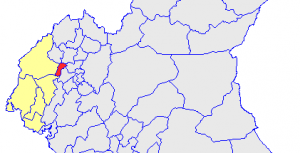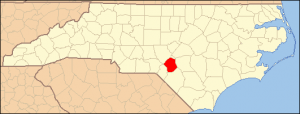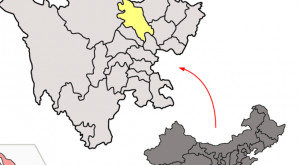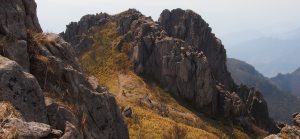Assessing the management of moso bamboo (Phyllostachys edulis) forests by collective economic organizations in Linan, Zhejiang Province, China
Since the reform in property rights and opening up in 1980, Linan City has chosen to vigorously develop the bamboo industry from the very beginning to promote the transformation, development, and upgrading of the bamboo industry in the 21st century.
Traditional culture and community forest management in Hani village, Yunnan, China
The case study focuses on the community forestry in Mengsong Hani Community, Yunnan Province of China. It uses a variety of documentation to clarify the traditional management and natural resources conservation of the Hani Ethnic Minority.
Conflict Between Great Apes Conservation and Indigenous Communities’ Livelihood in the Lebialem-Mone Forest Landscape, Cameroon
The Lebialem–Mone Forest landscape is located in southwestern Cameroon with valuable resources and several endangered species, including the Critically Endangered Cross River gorilla (Gorilla gorilla deilhi) of which less than 300 remain in the wild
Management of Hoke Community Forest for Conservation, Environmental Education and Economic Welfare in North Carolina, USA
This page examines the first southeastern USA community forest located in Hoke County, North Carolina. Hoke Community Forest is a 532 acre piece of land dedicated to and managed for conservation, environmental education, and economic welfare.
Qwuloolt Estuary: Co-management efforts to restore the Snohomish River Floodplain in Washington State, U.S.A
This case study examines the Qwuloolt Estuary within the Snohomish River Floodplain in Marysville, Washington, U.S.
A contemporary exploration of Native Hawaiian preferences, practices, and involvement in ocean and land management (Hawaii, USA)
The holistic values of Hawaiian culture are based on ho’olokahi; to bring unity and harmony among humanity, nature and spiritual forces.
Impacts of the Establishment of Pudacuo National Park on the Neighbouring Communities in Yunnan, China
This case study mainly focuses on Pudazou National Park, Yunnan Province, China. It uses documents to explore the benefits of the establishment of the national park, but also a series of conflicts with neighboring communities.
Applications of Payment for Ecosystem Services in Aceh, Sumatra, Indonesia
This case study examines the potential applications of Payment for Ecosystem Services (PES) in Aceh, on the island of Sumatra, Indonesia.
A coordinated approach to poverty alleviation and ecological conservation in Pingwu County, China
This case study examines the ecological poverty alleviation in Pingwu county, northwest of Sichuan basin, China, using multiple references to explore the methods of coordinating poverty alleviation and ecological protection in Pingwu county, China.
Collaborative management of Qingliang mountain, Hangzhou,China
Qingliang Mountain nature reserve was approved in 1982. Since 1950, the collectivization of land in China was carried out, and then all the land and natural resources were owned by the citizens of China and administered on their behalf by the government.









